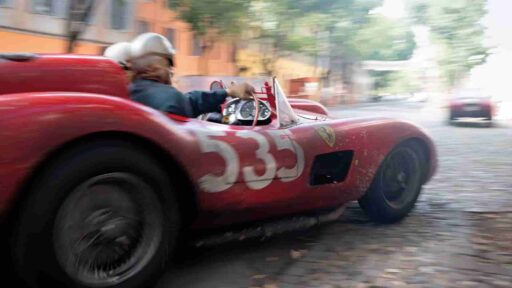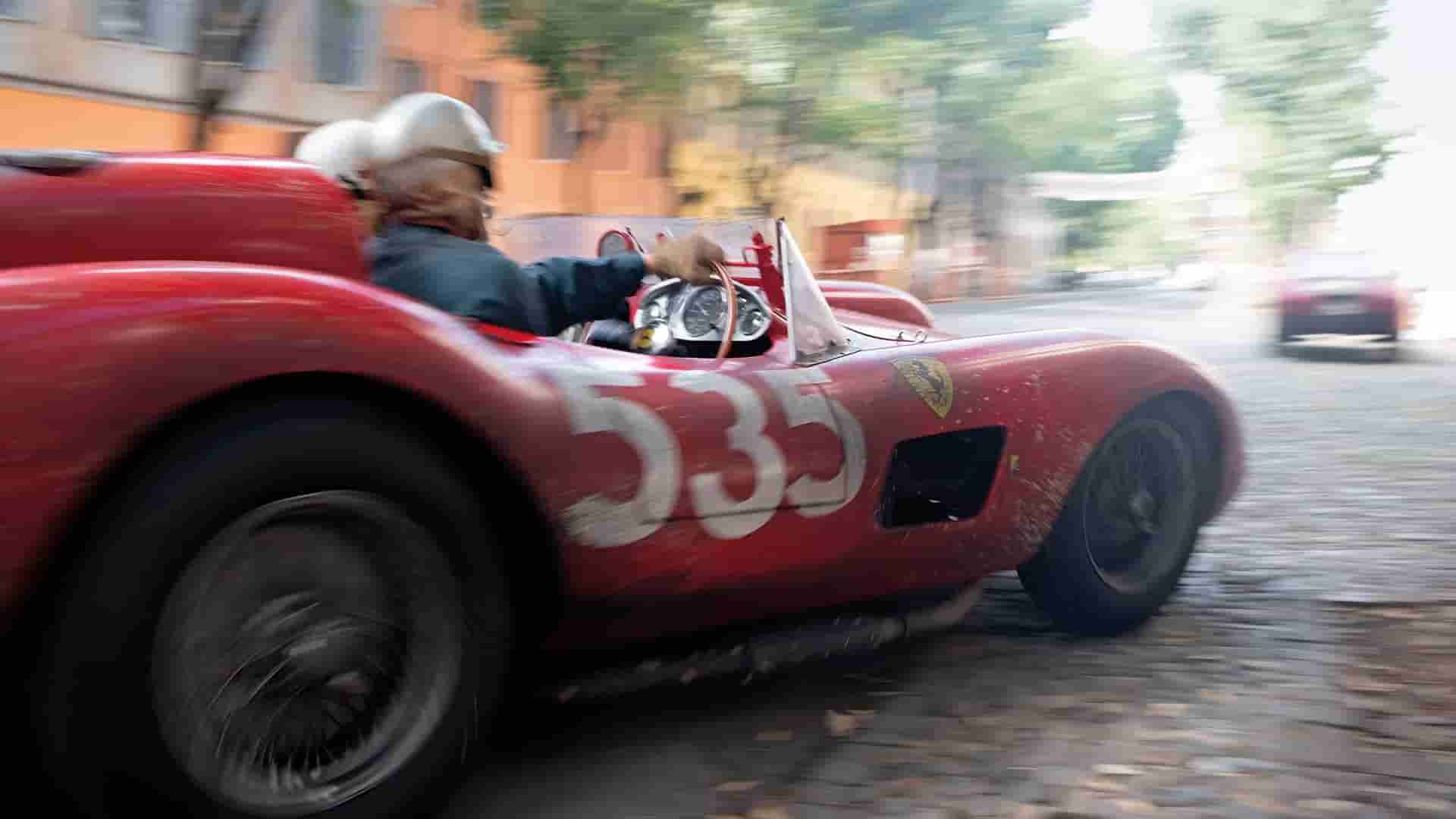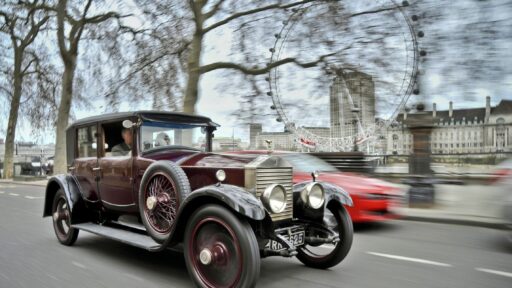When Michael Mann set out to create a film about Enzo Ferrari, he faced a challenge beyond the usual complexities of filmmaking and directing: crafting the most authentic replicas of cars from 1957. Those who have watched the completed film might marvel at these cinematic vehicles, mistaking them for genuine Ferraris. However, it was known from the outset that these unique cars would be destroyed post-filming, a process documented in the exclusive photographs presented here.
Yet, not all emulations of the Ferrari brand come from such commendable or artistic endeavors as Mann’s. Some individuals exploit the brand for illegal financial gain or simple notoriety.

The guardianship of the Ferrari brand is a daily battle fought at Maranello, primarily by the company’s Legal Office. “Ferrari stands for luxury, innovation, and Italian heritage,” says Carlo Daneo, General Legal Counsel of Ferrari. “Unfortunately, it is almost expected that someone will try to exploit our name, attaching themselves to our brand without any legitimate right. It may sound incredible, but aside from counterfeit accessories like T-shirts and hats, there are those who ingeniously create fake Ferrari cars, selling them at exorbitant prices.”
READ MORE: Orders Open for the Most Advanced Fiat Panda Yet
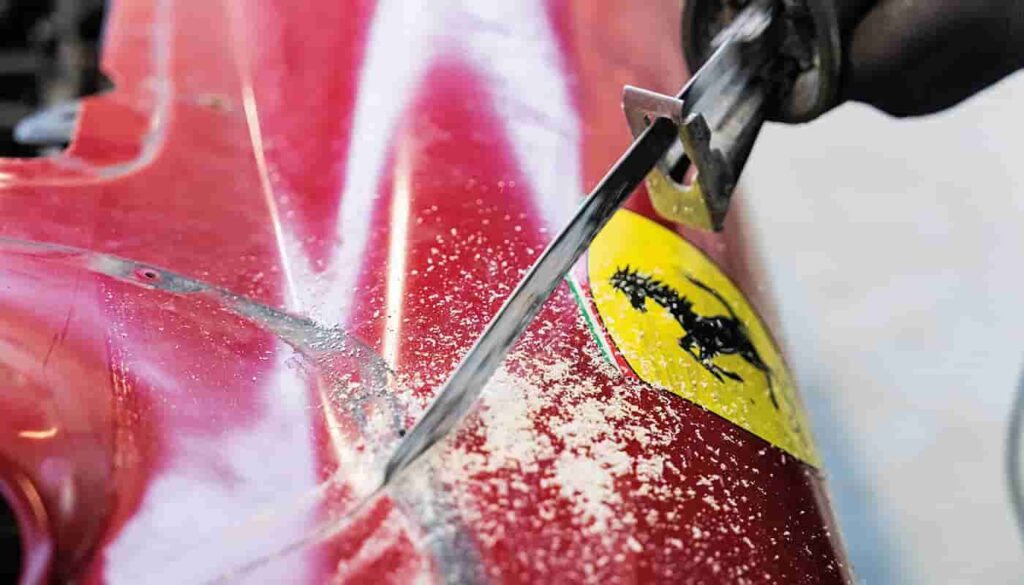
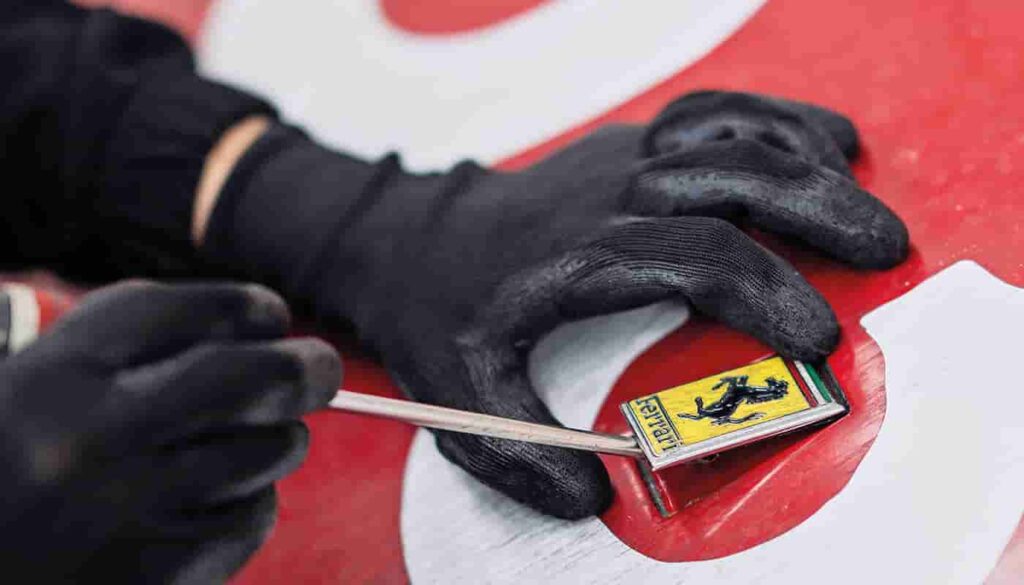
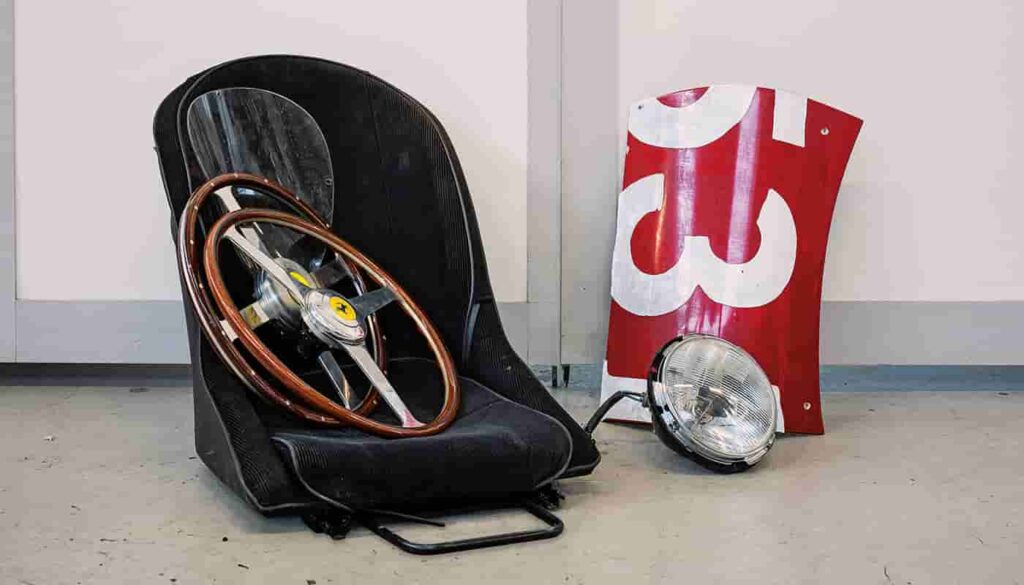
“The counterfeiters are becoming increasingly sophisticated,” Daneo continues. “Some use genuine Ferrari chassis to construct bodies of higher-value models. These vehicles are crafted so meticulously that they sometimes make it to auction, and it’s our responsibility to alert the auction houses to remove them from the market. Our goal is not just to remove them but to ensure all counterfeits are destroyed. We strive to reach agreements with offenders to avoid legal action.”
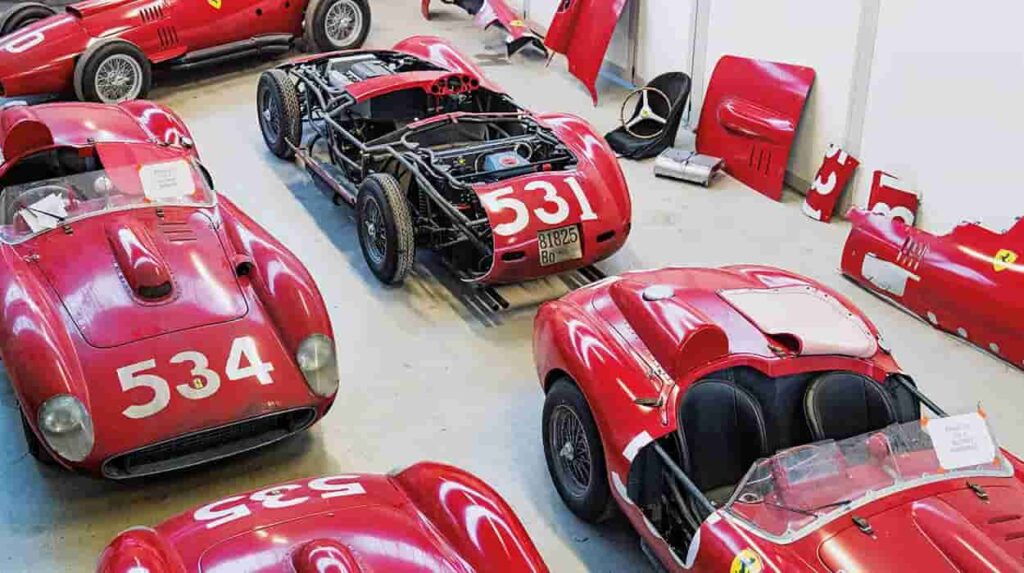
However, sometimes those in possession of a fake Ferrari are reluctant to demolish it, especially if they paid a substantial amount for it. “In such cases,” Daneo explains, “we must rigorously enforce the rules and make the buyer aware of the legal consequences they face.”
This vigilance extends beyond counterfeit cars to independently modified vehicles. “Those who modify cars must understand that such vehicles will never be admitted to official events, and if modifications compromise the car’s technical integrity, they may not be covered by warranty. In extreme cases, modifications could even invalidate road certification.”
Beyond counterfeit cars, some individuals believe they can deceive buyers by merely adding a Ferrari badge to unrelated items. For instance, the Ferrari emblem was recently discovered on a refrigerator.
Typically, the most frequently counterfeited items are the more commonplace, less expensive ones. While the Ferrari fashion collection resides in the ultra-luxury sector, making it tough for counterfeiters, the merchandising sector, including accessories, hats, sunglasses, and replica Formula One T-shirts, is often targeted.
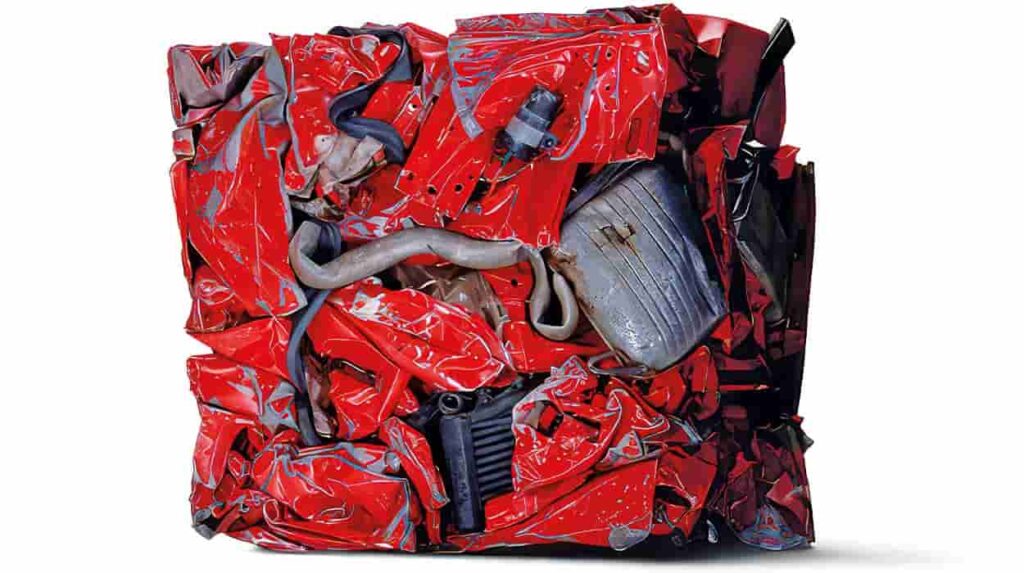
To combat this, Ferrari launched the Anti-Counterfeiting Reward Project last year. Paolo Lorenzi, Intellectual Property Senior Legal Counsel, explains the initiative’s purpose. “This project encourages the reporting of counterfeits, allowing anyone to help us combat this issue.”
Participants in the Anti-Counterfeiting Reward Project can report suspected fakes. “Once verified, they receive an official thank you and a complimentary Ferrari gadget,” Lorenzi confirms. Reports come in daily, and verification is a significant task. “It’s gratifying to see so many people – from employees to fans – taking this important battle to heart.”
READ MORE: Stellantis and CEA Join Forces to Innovate Next-Generation EV Battery Cells
Subscribe today for the freshest car news delivered to your inbox
